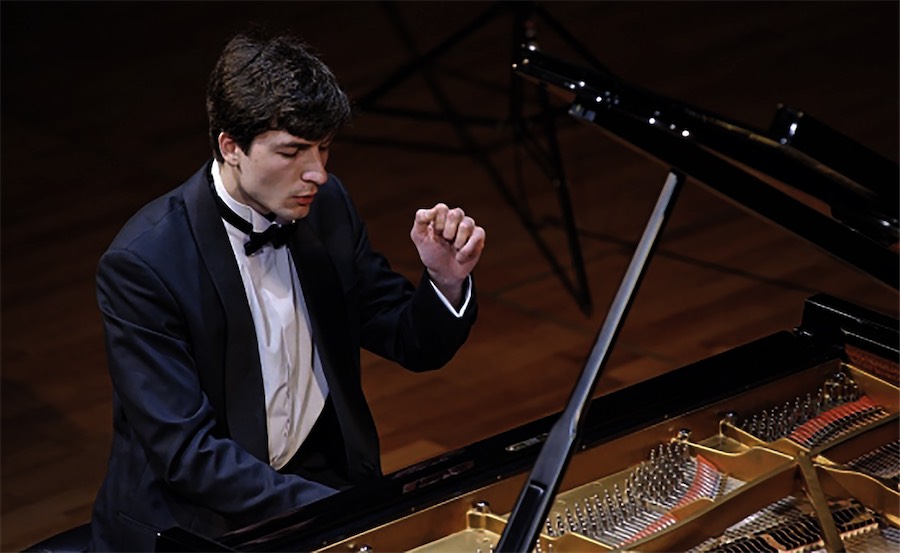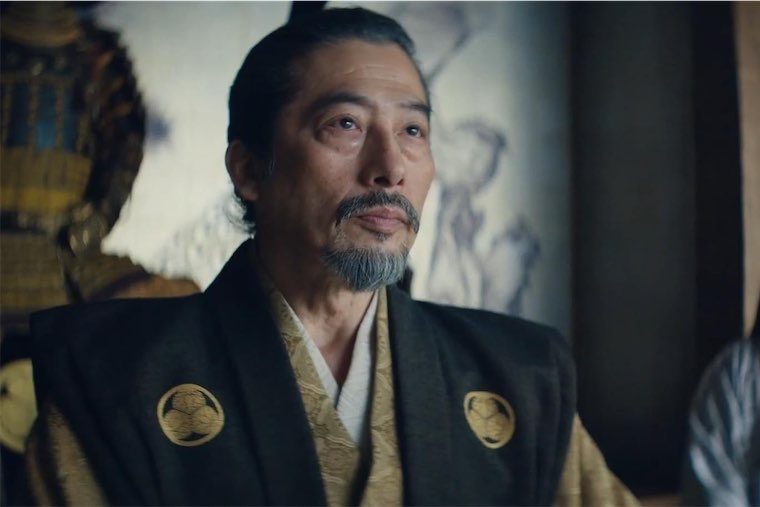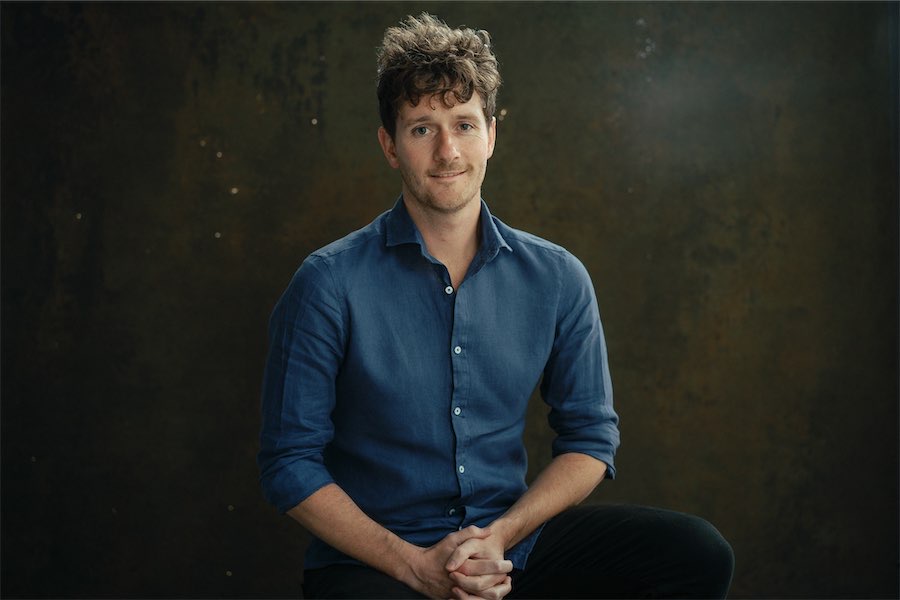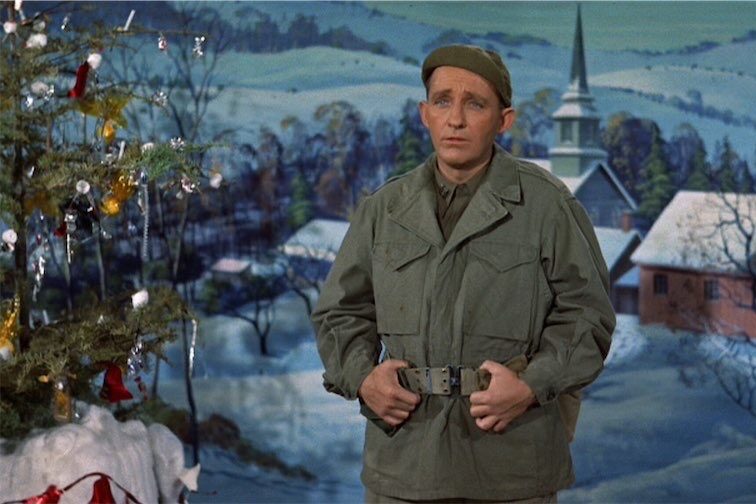
Music / Konstantin Shamray, Musica Viva. At Llewellyn Hall, April 29. Reviewed by CLINTON WHITE.
Despite his big hands, the Russian-born and trained, Adelaide-based pianist, Konstantin Shamray has an exceptional gentleness and fluidity when he plays the piano.
His respect for the piano is palpable. It is almost as though the piano reciprocates that respect.
Appearing with the strings, 19 in number, of the Australian National Academy of Music Orchestra, led by Sophie Rowell, concertmaster of the Melbourne Symphony Orchestra and ANAM’s Head of Chamber Music – Strings, Shamray performed two very contrasting works.
Gustav Mahler began, but never completed, his “Piano Quartet in A Minor” as a student in Vienna. Even though only the first movement was completed, it did get its premiere in 1876. But then Mahler lost interest in it and it was not re-discovered until the 1960s, more than 50 years after his death.
Harry Ward, ANAM alumnus, and principal second violin in the ensemble for this concert, had written a compelling arrangement of Mahler’s work to take it from the quartet configuration to one for the full ensemble.
Melancholic though the piece is, with its three-note motif repeated throughout, it is full of colour and texture and Shamray and the ensemble lifted the melancholy with some truly lyrical playing.
The other work, also a single movement piece, was Alfred Schnittke’s “Concerto for Piano and Strings”, written in 1979. Schnittke’s works can be challenging to listen to, and this piece was no exception. Sophie Rowell described it as “brutal”. And it is, with its underlying darkness, its discords, its atonal structure, and its savagery. It would be a good accompaniment to an Alfred Hitchcock suspense thriller. But, says Shamray: “Despite the tumult that appears, the sense of hope never leaves.”
The sounds created by the strings were especially intriguing, with organ-like tones evident at times. And the two double basses deserve a special shout-out for their masterful control towards the end of the piece, playing a continuous, almost inaudible but exquisitely-toned single note with very slow bowing. It happened again later in the program, in the Kerem piece.
Shamray and the ensemble created all those tensions and emotions. Theirs was a powerful, if exhausting, performance – for audience and performer alike.
Being recalled to the stage several times, Shamray calmed things down with a lovely encore – a lyrical prelude by Rachmaninoff.
After interval, the soloist was violinist, Harry Ward, playing “Lamento for Solo Violin and String Orchestra” in an arrangement written for him by the Estonian composer, Mihkel Kerem.
It is a very quiet, at times solemn, piece, “mesmerising”, as Rowell describes it, in its calm. It requires a great deal of control from both soloist and ensemble and these young musicians delivered in spades. Ward “felt” the piece all the way through, despite the occasional loss of smoothness in notes when bowing in transition from one direction to the other. That said, it is no wonder whatever that this young musician has been accepted for study at the Karajan Academy in Berlin in August.
Then it was the ensemble in a truly inspiring performance of Tchaikovsky’s “Serenade for Strings in C major, Op 48”. Leaving aside rare moments of mistiming, the ensemble delivered a colourful and heartfelt performance of this well-known four-movement work. There was maturity in the interpretive playing, and a beautiful ensemble sound, with leads moving seamlessly from one section to another, smooth changes in dynamics, and marvellous clarity of tone across the group.
The audience rewarded their performance with several curtain calls, accentuated by the kind of whooping one might expect at a rock concert.
ANAM is doing Australia proud in the development of young musicians, creating such a depth of talent that Australia’s future in fine music-making is well and truly assured.
Who can be trusted?
In a world of spin and confusion, there’s never been a more important time to support independent journalism in Canberra.
If you trust our work online and want to enforce the power of independent voices, I invite you to make a small contribution.
Every dollar of support is invested back into our journalism to help keep citynews.com.au strong and free.
Thank you,
Ian Meikle, editor




Leave a Reply